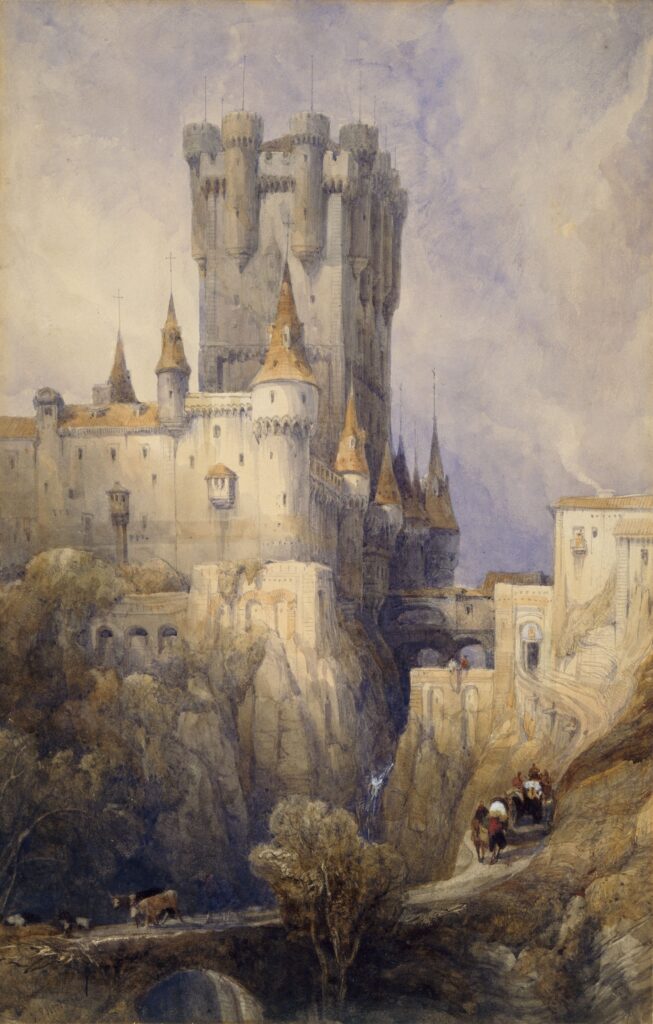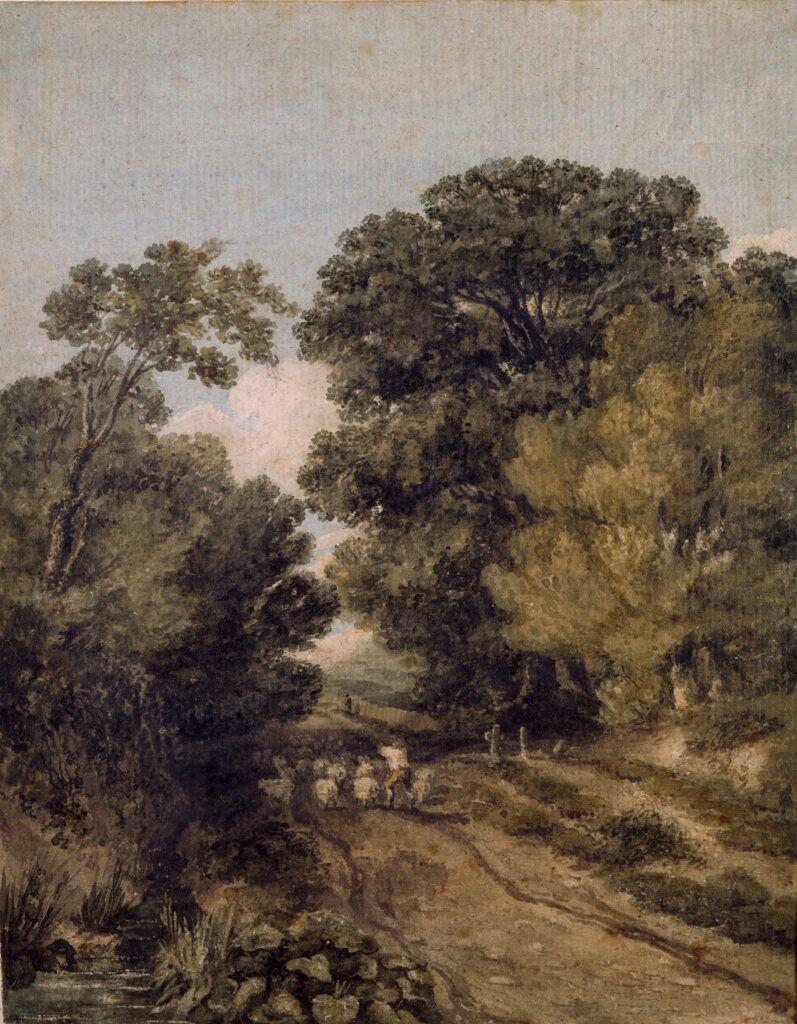In the realm of art, acrylic paint offers a versatile and vibrant medium for creating stunning masterpieces. While many artists strive for a smooth and flawless finish, there are those who seek to add an intriguing element of texture to their work. If you are looking to explore the captivating world of cracks in acrylic paint, this article will guide you through the process of achieving this unique effect. From selecting the right materials to employing the necessary techniques, you will gain a comprehensive understanding of how to make cracks in acrylic paint that will undoubtedly elevate your artistic creations to a whole new level. So, let us embark on this creative journey together and unlock the mesmerizing possibilities that cracks in acrylic paint can bring to your artwork.
Choosing the Right Materials
When it comes to creating cracks in acrylic paint, selecting the right materials is crucial. This ensures that you achieve the desired cracking effects and ensure the longevity of your artwork.
Selecting the Acrylic Paint
The first step in choosing the right materials for creating cracks in acrylic paint is selecting the appropriate type of paint. Opt for a high-quality acrylic paint that is known for its crackling capabilities. Look for paints that are specifically labeled as “crackle” or “cracking” paint. These paints contain added agents that facilitate the formation of cracks when the paint dries.
Choosing the Painting Surface
Another important factor to consider is the type of painting surface you will be working on. While acrylic paint can be applied to various surfaces, not all surfaces are ideal for achieving cracking effects. It is recommended to choose a firm and rigid surface, such as canvas or wood panel. These surfaces allow the paint to crack more effectively and provide stability to your artwork.
Preparing the Surface
Before applying the paint, it is essential to prepare the painting surface properly. This involves ensuring that the surface is clean, smooth, and free from any dirt or debris. If working on a canvas, you can use a gesso primer to prime the surface for better paint adhesion and crackling effects. Make sure to follow the manufacturer’s instructions for application and drying time. Once the surface is properly prepared, you are ready to move on to the next step.
Creating a Base Layer
To achieve cracking effects, it is essential to start by creating a solid base layer of acrylic paint. This layer provides the foundation for the cracks to form on top.
Applying the Base Layer
Using a brush or palette knife, apply a thick layer of acrylic paint to the prepared surface. It is recommended to use a contrasting color for the base layer to enhance the visibility of the cracks. Ensure that the paint is evenly spread and covers the entire surface. Take your time and pay attention to detail to achieve a smooth and consistent base layer.
Drying the Base Layer
Allow the base layer to dry completely before moving on to the next step. Drying time may vary depending on the thickness of the paint and environmental conditions. It is important to be patient during this process, as premature drying can affect the formation of cracks. You can use a hairdryer on low heat to speed up the drying process, but be cautious not to overheat the paint.

This image is property of images.unsplash.com.
Preparing for Crackling
Once the base layer is dry, it is time to prepare the surface for crackling. Applying a crackling medium helps create the desired cracks in the acrylic paint.
Applying a Crackling Medium
Crackling mediums are specially formulated products that create the cracks in acrylic paint. They come in liquid form and can be easily applied with a brush or sponge. Follow the instructions provided by the manufacturer to apply the crackling medium onto the dried base layer. Ensure an even and thorough application, covering the entire surface.
Allowing the Medium to Dry
After applying the crackling medium, it is crucial to allow it to dry completely. The drying time will vary depending on the brand and instructions provided. Avoid touching or disturbing the surface during the drying process to ensure the cracks form properly. Once the crackling medium is dry, you are ready to move on to the next step of creating cracks in your acrylic paint.
Techniques for Creating Cracks
There are several techniques you can use to create cracks in acrylic paint. Each technique produces different types of cracks and allows you to experiment with various effects.
Using a Hairdryer
One technique to create cracks is by using a hairdryer. After applying the crackling medium, use a hairdryer on low to medium heat and blow air over the surface. The heat from the hairdryer speeds up the drying process of the crackling medium, causing cracks to form as it dries. Hold the hairdryer at a distance to avoid excessive heat and damage to the paint.
Using a Heat Gun
Similar to using a hairdryer, a heat gun can also be used to create cracks in acrylic paint. Heat guns provide a more concentrated and controlled source of heat. Hold the heat gun at a safe distance and move it slowly across the surface to dry the crackling medium. The heat gun accelerates the drying process, resulting in the formation of cracks.
Using a Fan
Another technique to create cracks is by utilizing a fan. After applying the crackling medium, position a fan near the painting surface. The constant airflow aids in drying the crackling medium evenly and allows the cracks to develop. Adjust the speed and direction of the fan to achieve the desired cracking effects.
Using Alcohol
Alcohol can be used as a technique to create cracks in acrylic paint. After applying the crackling medium, lightly spritz the surface with rubbing alcohol. The alcohol reacts with the crackling medium, causing it to dry and crack. Experiment with different amounts of alcohol and application methods to achieve various crackling effects.
Using a Plastic Wrap
Using plastic wrap is another technique to create unique crackling effects. After applying the crackling medium, gently press a piece of plastic wrap onto the surface. Then, carefully remove the plastic wrap, and the crackling medium will have formed cracks where the plastic wrap was pressed onto the surface. This technique creates an interesting texture and pattern of cracks.

This image is property of images.unsplash.com.
Experimenting with Different Cracking Effects
To further enhance your artwork, you can experiment with various techniques and approaches to achieve different cracking effects.
Varying Thickness of Base Layer
Altering the thickness of the base layer can create different crack patterns. Experiment with applying thin and thick layers of acrylic paint to observe the effects. Thinner layers may result in finer cracks, while thicker layers may produce larger and more pronounced cracks.
Applying Multiple Layers of Crackling Medium
Using multiple layers of crackling medium can add depth and complexity to the cracks. Apply one layer of crackling medium, let it dry, and then apply another layer. This technique can create an intricate network of cracks and enhance the overall visual appeal of your artwork.
Mixing Different Mediums
Instead of using a single crackling medium, you can mix different crackling mediums together. This allows you to create unique textures and crackling effects. Experiment with combining crackling mediums of different brands or formulations to achieve personalized cracking effects.
Applying Different Tools and Textures
Explore using various tools and textures to create distinctive crackling effects. Experiment with different brushes, palette knives, or even unconventional objects like toothpicks or sponges. Each tool or texture will produce its unique crack patterns, providing you with endless possibilities for creative exploration.
Enhancing Cracks with Color
Once the cracks have formed, you can enhance their visibility and add depth to your artwork by incorporating colors.
Choosing Complementary Colors
Select complementary colors to accentuate the cracks and create interesting contrasts. Complementary colors are located opposite each other on the color wheel. For example, if your base layer is red, consider using green or blue hues to paint inside the cracks. This color combination will make the cracks stand out and create a visually appealing composition.
Applying Paint to Cracks
Using a small brush or fine-tipped tool, carefully apply paint to the cracks. Choose colors that either match or contrast with the base layer to achieve the desired effect. Take your time and be precise in your application to avoid smudging or obscuring the cracks.
Wiping Off Excess Paint
To achieve a more subtle and blended look, you can wipe off excess paint from the surface. Use a soft cloth or tissue to gently remove the excess paint from the cracks while leaving some color behind. This technique allows the cracks to remain visible while creating a softer and more nuanced appearance.
Blending Colors
Experiment with blending colors within the cracks to create a gradient or a transition effect. Use a small, soft brush to gently blend different colors together. This technique adds depth to the cracks and allows you to create intricate color variations within your artwork.

This image is property of images.unsplash.com.
Adding Finishing Touches
Once you have achieved the desired cracking effects and enhanced them with color, it’s time to add the finishing touches to your artwork.
Varnishing the Painting
To protect your artwork and give it a professional finish, consider applying a varnish. Choose a varnish that is compatible with acrylic paint and follow the manufacturer’s instructions for application. In addition to protecting the artwork, varnish can enhance the color and depth of the cracks, making them more visually appealing.
Creating Texture
If you want to further enhance the tactile qualities of your artwork, consider adding texture. Use a palette knife or other textured tools to create raised areas or specific textures on the surface. This adds another dimension to your artwork and can complement the crackling effects.
Adding Additional Details
Add any additional details or elements to your artwork to complement the cracks and create a cohesive composition. This can include objects, symbols, or any other elements that add meaning or interest to your piece. Ensure that the added details do not overpower or distract from the crackling effects but instead enhance the overall aesthetic.
Signing and Labeling the Piece
To complete your artwork, it is essential to sign and label it properly. Sign your artwork in a discreet corner, using your preferred signature style. Additionally, consider labeling the artwork with the title, date, and any other relevant details. This enhances the professionalism of your artwork and provides important information for viewers and potential buyers.
Tips and Precautions
While creating cracks in acrylic paint can be an exciting process, it is essential to keep in mind a few tips and precautions to ensure successful results and a safe working environment.
Practice on a Small Surface First
If you are new to creating cracks in acrylic paint, it is advisable to practice on a small surface or a test piece before starting a larger project. This allows you to familiarize yourself with the materials, techniques, and effects without the fear of ruining your main artwork.
Avoid Overworking the Paint
While it can be tempting to manipulate the paint or crackling medium excessively, it is important to avoid overworking the surface. Excessive brushing or manipulation can disrupt the crackling process or cause unintended effects. Follow the instructions provided by the manufacturer for each product and trust the drying and cracking process to occur naturally.
Be Patient and Allow Drying Time
Patience is key when working with acrylic paint and creating cracks. Allow sufficient drying time between each layer or application to ensure proper crack formation. Rushing the drying process can result in cracks not forming or the cracking medium not working effectively. Follow the recommended drying times provided by the manufacturer and resist the urge to rush the process.
Protect Yourself and Your Workspace
Acrylic paints and mediums can contain chemicals and fumes that may be harmful if not handled properly. When working with these materials, it is important to protect yourself by wearing gloves, using a well-ventilated area, and avoiding ingestion or inhalation of the products. Additionally, protect your workspace by covering surfaces with plastic or newspapers and having proper ventilation to minimize any potential damage or mess.

Troubleshooting
Even with careful planning and execution, issues may arise during the process of creating cracks in acrylic paint. Here are some common troubleshooting tips for addressing potential problems:
Cracks Not Forming
If cracks are not forming on the surface, verify that the crackling medium and paint are compatible. Different brands or types of crackling mediums may have varying results. Additionally, make sure you have followed the instructions for each product and allowed adequate drying time.
Cracks Peeling or Flaking Off
If the cracks are peeling or flaking off the surface after they have formed, it may indicate a lack of adhesion between the layers. Ensure that the base layer is properly prepared, and the crackling medium is applied evenly. If necessary, lightly sand the surface before applying the crackling medium to improve adhesion.
Unwanted Cracking in Unintended Areas
If cracks are forming in unintended areas or spreading beyond your desired design, it could be due to excess moisture, improper materials, or uneven application. Evaluate your process and materials to identify any potential causes and adjust accordingly. Practice proper drying and apply the crackling medium only to the desired areas.
Inspiration and Ideas for Using Cracked Acrylics
Cracked acrylics offer unique opportunities for artistic expression. Here are some ideas and inspirations for incorporating crackling effects into your artworks:
Abstract Art
Use crackling effects to create abstract compositions that evoke movement, texture, and depth. Experiment with different color combinations and techniques to achieve a wide range of visual effects. The cracks can serve as focal points or as elements that unify various components within your abstract piece.
Landscape Paintings
Integrate crackling effects into landscape paintings to mimic the natural cracks and weathering found in nature. Use crackling mediums in combination with earthy colors to create realistic textures and add an aged or weathered appearance to your landscapes. This technique can add a unique and captivating dimension to your landscape artworks.
Mixed Media Projects
Explore mixed media techniques by combining crackling effects with other art mediums, such as collage, assemblage, or printmaking. Incorporating crackling effects into mixed media projects can create visually striking and multi-dimensional pieces that blend different textures, elements, and techniques. Allow your creativity to soar by experimenting with various materials and mediums.
In conclusion, creating cracks in acrylic paint offers endless possibilities for experimentation and creativity. By choosing the right materials, applying crackling mediums, utilizing different techniques, and exploring various cracking effects, you can achieve unique and captivating results. Remember to enhance the cracks with complementary colors, add finishing touches, and consider different applications and projects that can be enhanced with crackling effects. With practice, patience, and a willingness to explore, you can create stunning artworks that showcase the beauty of cracked acrylics.




